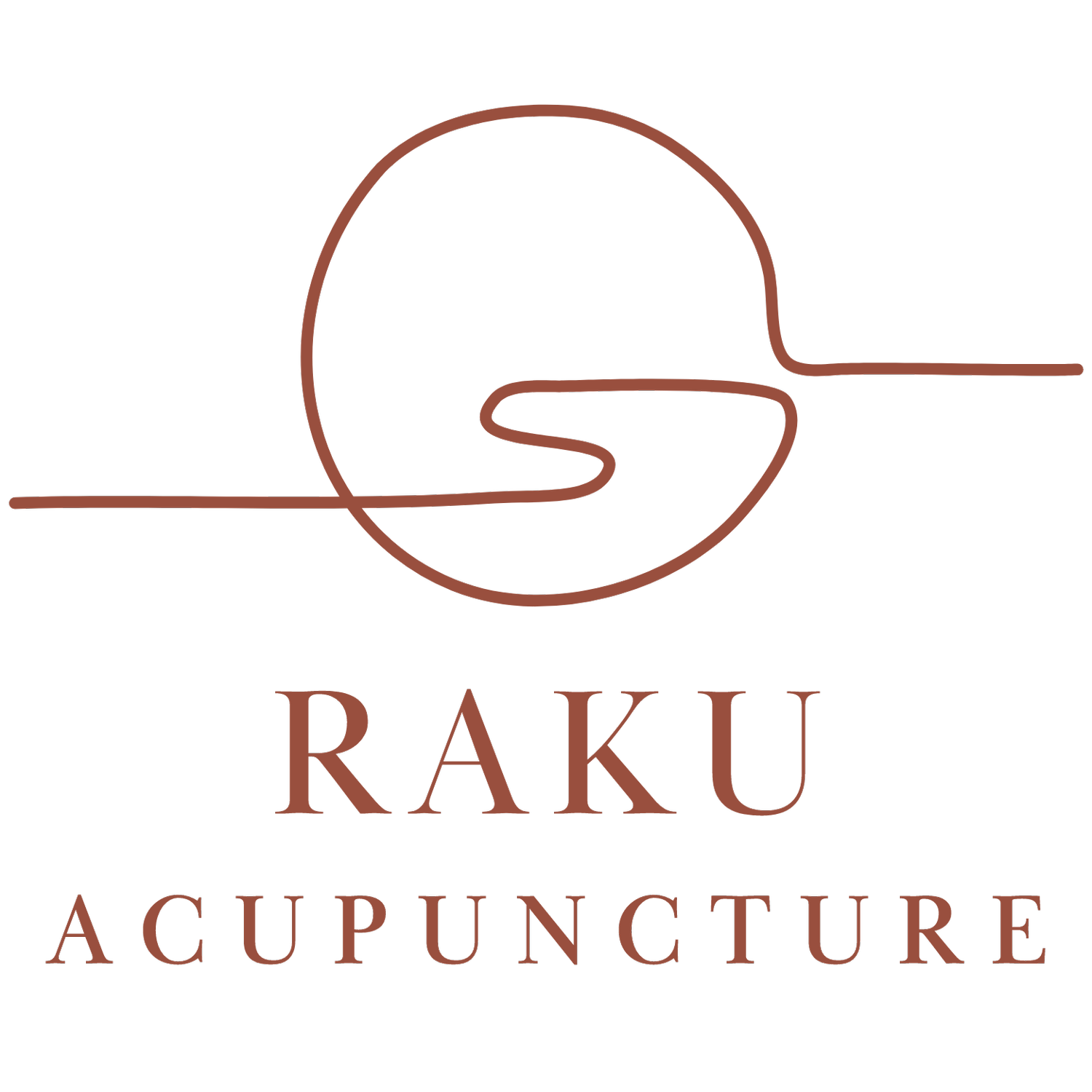ENDOMETRIOSIS AND ACUPUNCTURE
Endometriosis is a menstrual condition that affects about 11% of womxn in the United States. It's a condition where endometrial tissue (what grows in the uterus and is expelled as the period) actually grows outside the uterus, often causing severe pain, irregular bleeding, and fertility issues.
I have seen endo tissue lodged on the diaphragm of patients, the bladder, and the intestines. I have seen it completely block fallopian tubes and even tie down and restrict ovaries. And when the period arrives, the tissue outside of the uterus also starts to degrade and shed, just like the tissue in the uterus. The problem though is that it has no exit point. It is literally lodged in the body. And this leads to a cascade of inflammation and pain. Conventional treatments to help manage endometriosis include medications (birth control being a big one), hormone therapies, and surgeries. Because there seems to be a general lack of support for the nuances of this disease, so many people have turned towards more complimentary and supportive healing practices.
Enter acupuncture –I have seen such improvement of endometriosis symptoms and experiences when my patients utilize regular acupuncture. In this article, we'll delve into how acupuncture can provide much-needed relief for those battling this condition.
Acupuncture is a facet of Chinese medicine and it revolves around the idea of restoring the body's balance by stimulating specific points along energy pathways known as meridians. These points are like portals to regulate the body's energy flow, or "Qi." Acupuncture involves the insertion of thin needles into these points, promoting healing and alleviating various conditions.
How Acupuncture Can Help Endometriosis specifically:
Pain Management: Acupuncture has shown promise in managing the chronic pain associated with endometriosis. By stimulating the body's natural pain-relieving mechanisms and reducing inflammation, it can provide significant relief.
Hormonal Balance: Endometriosis is closely linked to hormonal imbalances. Acupuncture works to regulate hormonal fluctuations, potentially easing the severity of symptoms and supporting a more balanced menstrual cycle.
Blood Flow Improvement: Acupuncture's ability to enhance blood circulation is crucial for endometriosis patients. Improved blood flow can help reduce the buildup of tissue outside the uterus, leading to reduced pain and discomfort.
Stress Reduction: Chronic pain often goes hand in hand with heightened stress levels. Acupuncture's calming effect can help alleviate stress, indirectly contributing to symptom relief.
Fertility Support: For those seeking to conceive, acupuncture can play a role in enhancing fertility by improving uterine lining thickness and overall reproductive health.
One of acupuncture's strengths is its individualized approach. Practitioners assess each patient's unique constitution, symptoms, and energy imbalances before crafting a tailored treatment plan. This personalized touch acknowledges that each person's journey with endometriosis is unique and requires a personalized path to healing.
Before starting acupuncture for endometriosis, it's crucial to consult with a qualified acupuncturist who specializes in women's health and reproductive issues. A skilled practitioner will collaborate with you, taking into account your medical history, symptoms, and treatment goals to create a comprehensive plan.
Endometriosis calls for comprehensive care. Acupuncture can be a valuable complement to traditional treatments, offering relief from pain, promoting hormonal balance, and fostering overall well-being. Acupuncture holds the potential to be a beacon of hope for those navigating the challenges of endometriosis.
Book an appointment with me by clicking here.
Acupuncture offers a holistic and natural solution to supporting your fertility & reproductive health as well as pregnancy & postpartum support.
If you’re ready to experience the benefits of acupuncture for yourself, schedule an appointment today.
Raku Acupuncture
(720) 230-3225 | micaela@rakuacu.com
Proudly serving Doylestown, Bucks County, PA. Located near Chalfont, New Britain, Solebury, Perkasie, Newtown, Yardley, New Hope, and Lambertville.
Disclaimer: This article is not intended for the purpose of providing medical advice. All information, content and material is for informational purposes only and is not intended to serve as a substitute for consultation, diagnosis, and/or medical treatment.
